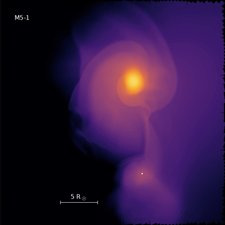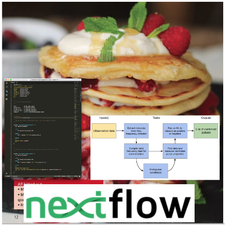Program Details
The Merit Allocation Program is a support system available to all members of the Australian astronomy community. Our diversely qualified team of designers, developers and engineers is here to assist in training or support for scientifically valuable software development projects.
The program is run twice per year, following standard academic semesters. If you have a large project that you would like supported, this can be managed through repeated applications.
Resources are allocated to projects based on their scientific merit and impact, with final evaluations performed by the ADACS Time Allocation Committee (TAC). See here for the current TAC membership.
For further details, see our Policies and Guidelines (pdf) document.


